Samurai Castle Construction; The Tenka Bushin Sytem & Kokuin / Kokumon
Or; How Ieyasu Built his Castles for Free!
Following the Battle of Sekigahara Tokugawa Ieyasu instigated a castle construction boom in his efforts to secure the nation. Castle construction was a financially straining undertaking, and so Ieyasu developed a system whereby he could easily have larger, stronger, more imposing castles built quickly, and at next to no cost to himself. That system was known as tenka bushin 天下普請.
Tenka bushin was a type of mandatory public works project which the shogunate ordered the daimyo throughout Japan to perform. The best known amongst the various types of tenka bushin works are jokaku (castle or fortress) construction projects, but the term includes various other types of public works projects, such as highway, bridge and river-related construction projects and other infrastructure improvements.
Tenka bushin is actually a more modern, mid to late Edo period term for the system, and would not have been recognized by the samurai of the late Sengoku, early Edo periods. Instead, they would have understood the term kougi bushin, or kougi fushin depending on where in Japan they lived.
Oda Nobunaga had used a similar system when building his iconic Azuchi Castle on the shores of Lake Biwa, and Toyotomi Hideyoshi too called in various daimyo to work on his castles and public works. Tokugawa Ieyasu simply perfected the system.
This tenka bushin system appears to have been very typical of the wily Ieyasu. By calling upon his former enemy and those he considered a danger to construct the castles, he not only kept his enemies close and under careful watch, but he also kept them busy. These daimyo were expected to supply labor for the digging of moats and the laying of the castle’s ishigaki stone-work, using stones sourced and transported to the site by the daimyo. They would also have to employ carpenters to build the structures and naturally, source the timbers to be used — all at their own expense! They were not compensated by Ieyasu in any way except for being allowed to keep their lands and their heads. For now.
Basically, Ieyasu kept them close, kept them busy and kept them impoverished, unable to plan or even afford the samurai, weapons and supplies required to execute an insurrection. It was a way of ensuring peace and at the same time building splendid castles to maintain that peace.
Zeze Castle was the first to be constructed using this system immediately after Sekigahara. Ieyasu personallyrequested various daimyo, in particular those who had opposed him by supporting the Western cause at Sekigahara, to conduct the construction work. This was the first time Ieyasu had used the tenka bushin system, and he would use it from that time on in the many castles that were to be made in the following ten to 15 years. Castles including Sasayama, Tamba Kameyama, Nijo and in 1620, Osaka Castles were all built using the same scheme.
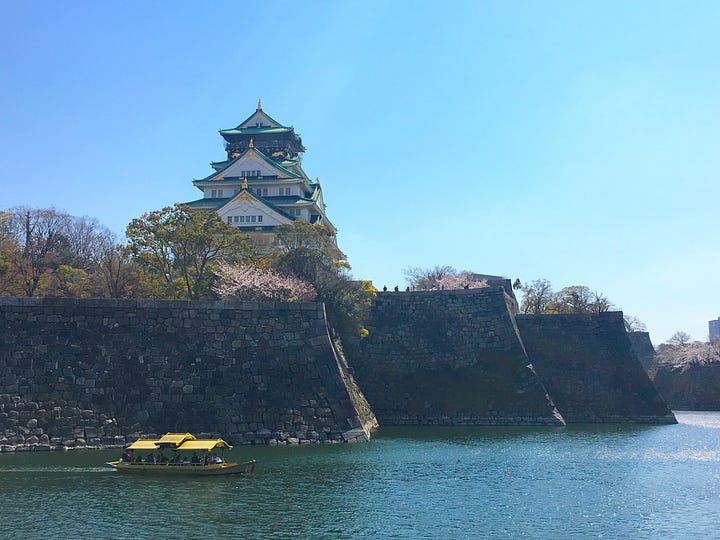
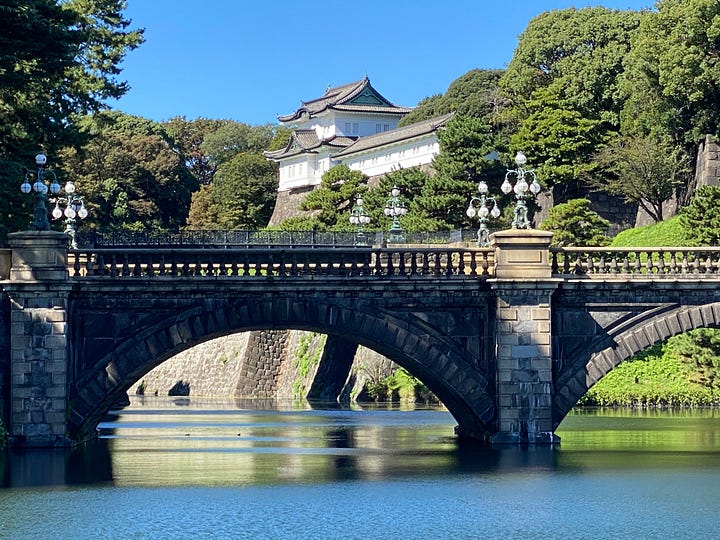
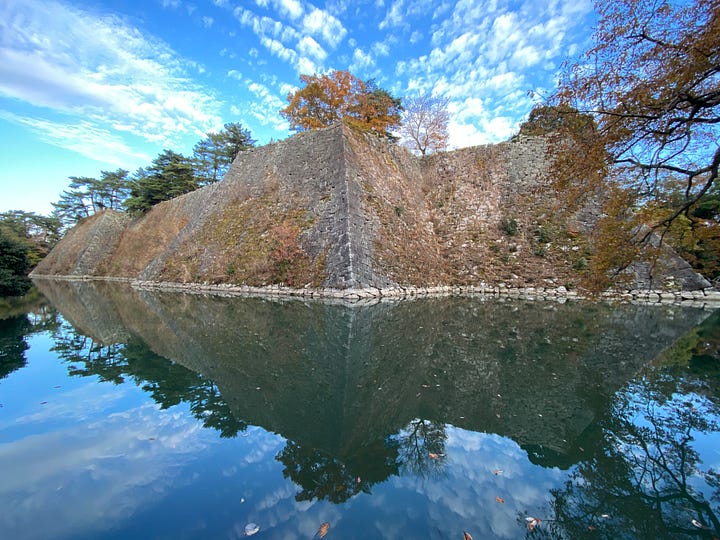
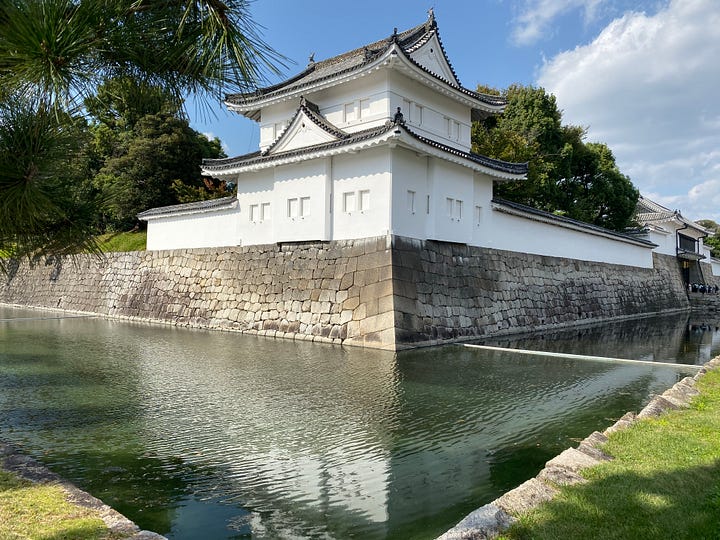
Selected list of castles built using the tenka bushin system;
Edo Castle (Musashi Province/Tokyo)
Nagoya Castle (Owari Province, Aichi Prefecture)
Osaka Castle (Settsu Province, Osaka Prefecture)
Takada Castle (Echigo Province, Niigata Prefecture)
Sunpu Castle (Suruga Province, Shizuoka Prefecture)
Iga Ueno Castle (Iga Province, Mie Prefecture)
Kano Castle (Mino Province, Gifu Prefecture)
Fukui Castle (Echizen Province, Fukui Prefecture)
Hikone Castle (Omi Province, Shiga Prefecture)
Zeze Castle (Omi Province, Shiga Prefecture)
Nijo Castle (Yamashiro Province, Kyoto Prefecture)
Tamba Kameyama Castle (Tamba Province, Kyoto Prefecture)
Sasayama Castle (Tamba Province, Hyogo Prefecture)
One of the biggest, and the best-designed of all samurai castles is Nagoya Castle in Nagoya City, Aichi Prefecture. Built at the height of the national castle building boom following the Battle of Sekigahara in 1600, Nagoya Castle was constructed in 1610 by Tokugawa Ieyasu. Despite his having won at the decisive Sekigahara, and becoming shogun, he still did not have 100% control of the nation. Not while the Toyotomi clan under Hideyori remained in Osaka, and while there were many daimyo still loyal to the Toyotomi clan. Well aware that Japan was still not at peace until the Toyotomi clan and their followers in Osaka and Western Japan were completely wiped out. Nagoya was built as a means of protecting Eastern Japan and Edo from western allied daimyo invasion, and in turn to launch the 1614 and 1615 attacks on Osaka that would end the Toyotomi.
Ieyasu ordered 20 of the nations daimyo war-lords — the ones he didn’t trust — to take part in the construction of Nagoya and the other castles. Anybody refusing to participate would have been destroyed, and so they all rushed to complete their tasks. They supplied laborers to dig the moats and rocks to build the stone walls, and timber for the buildings.
One would not expect that someone as intelligent as Ieyasu would allow potential enemy daimyo to see the designs of what was to be his greatest castle, second only to Edo Castle. Through seeing the design elements and working on their designated areas they would soon be aware of the fortresses' strengths and weaknesses. That too was part of Ieyasu’s master plan. Once the daimyo and their samurai knew how well designed Nagoya Castle was, they wouldn’t dare attack it! Nagoya’s greatest defense was not just it’s huge keep, multiple yagura watchtowers and gaping moats, but its reputation!
Even now, when wandering the grounds of Nagoya Castle and most castles built under the tenka bushin system, one can see the various daimyo's kokuin, also known as kokumon, identification marks, carved into the rocks to prevent the misappropriation of stones as unscrupulous workers often took another daimyo's rocks in their rush to complete the castle, and to show proof of their work in the way an artist signs his paintings.
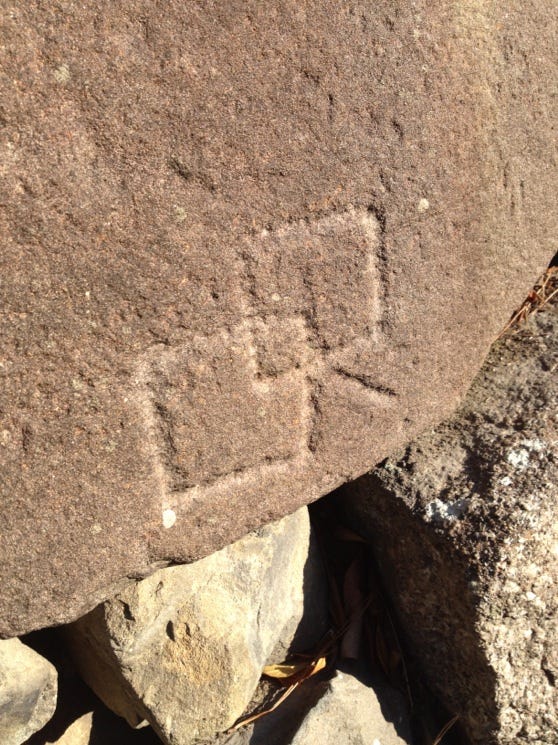
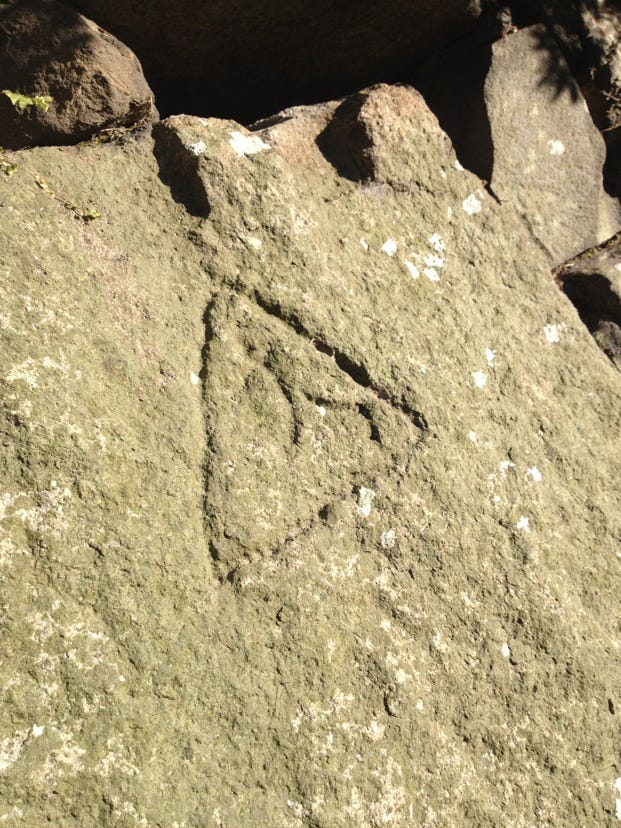
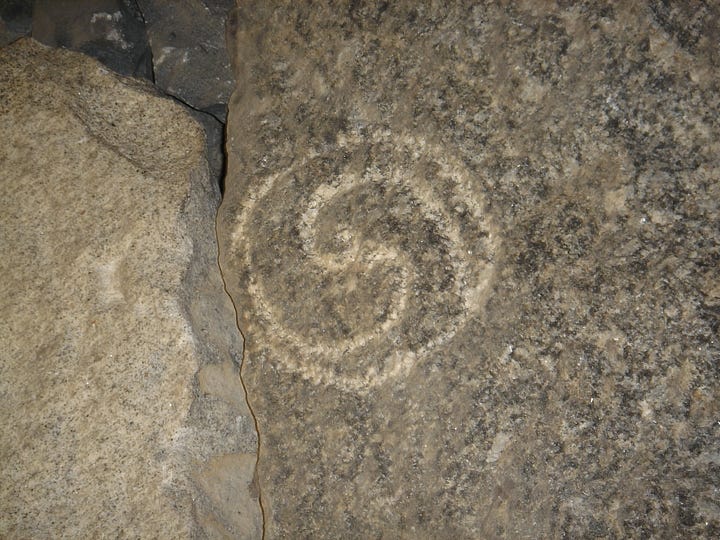
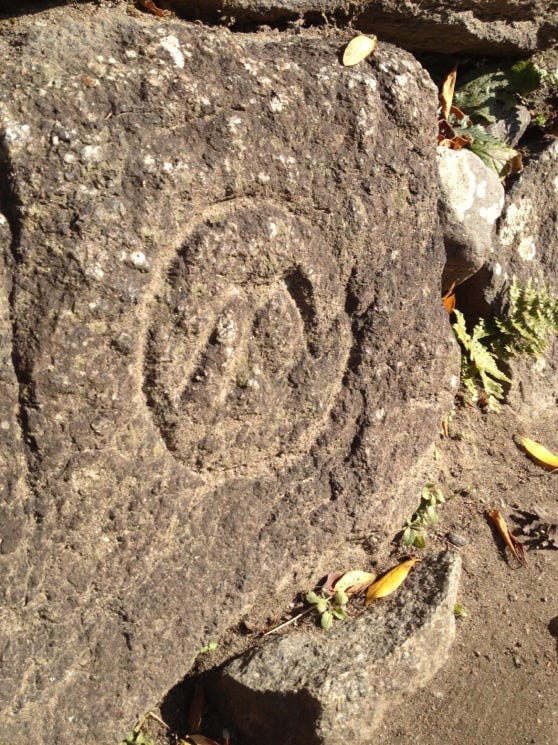
List of castles with kokuin in the walls;
1. Aizu Wakamatsu 会津若松城
2. Akeshi 明石城
3. Aki Kamei 安芸亀居城
4. Amagasaki 尼崎城
5. Azuchi 安土城
6. Edo 江戸城
7. Fukui 福井城
8. Fukuoka 福岡城
9. Fukuyama 福山城
10. Fushimi 伏見城
11. Himeji 姫路城
12. Hiroshima 広島城
13. Iwaya 岩屋城
14. Iyo Matsuyama 伊予松山城
15. Kanazawa 金沢城
16. Kishiwada 岸和田城
17. Kokura 小倉港
18. Kumamoto 熊本城
19. Kuwana 桑名城
20. Mihara 三原城
21. Marugame 丸亀城
22. Matsue 松江城
23. Nakagusuku Jo 中城城
24. Nagoya 名古屋城
25. Nijo 二条城
26. Nobeoka 延岡城
27. Ogaki 大垣城
28. Oka 岡城
29. Okayama 岡山城
30. Okazaki 岡崎城
31. Osaka 大阪城
32. Saga 佐賀城
33. Sasayama 篠山城
34. Sendai 仙台城
35. Shirakawa Komine 白河小峰城
36. Shuri jo 首里城
37. Sunpu 駿府城
38. Takaoka 高岡城
39. Takatori 高取城
40. Takatsuki 高槻城
41. Tanba Kameyama 丹波亀山城
42. Tomo 鞆城
43. Tottori 鳥取城
44. Toyama 富山城
45. Tsu 津城
46. Tsuyama 津山城
47. Usuki 臼杵城
48. Wakayama 和歌山城
49. Yamagata Castle 山形城
50. Yanagawa 柳川城
51. Yoshida Jo 吉田城
52. Yodo 淀城
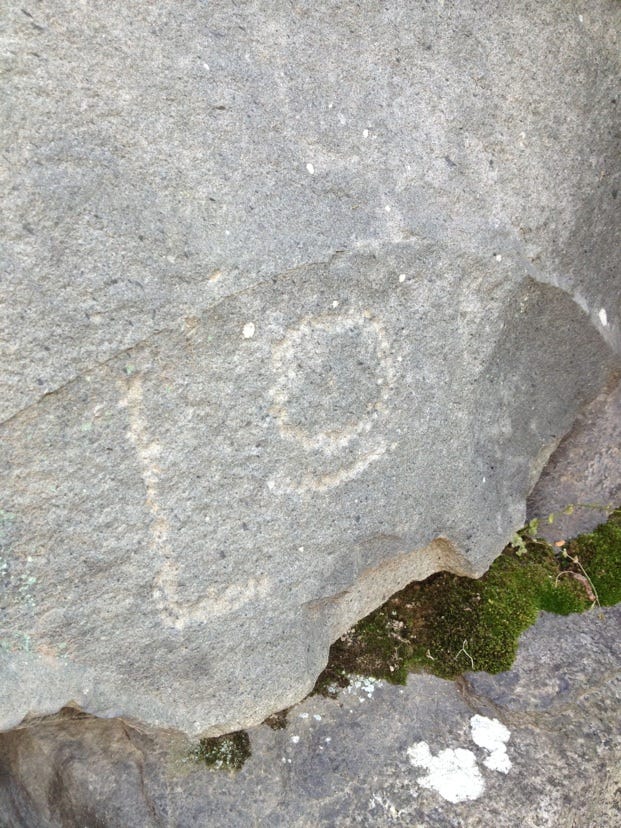
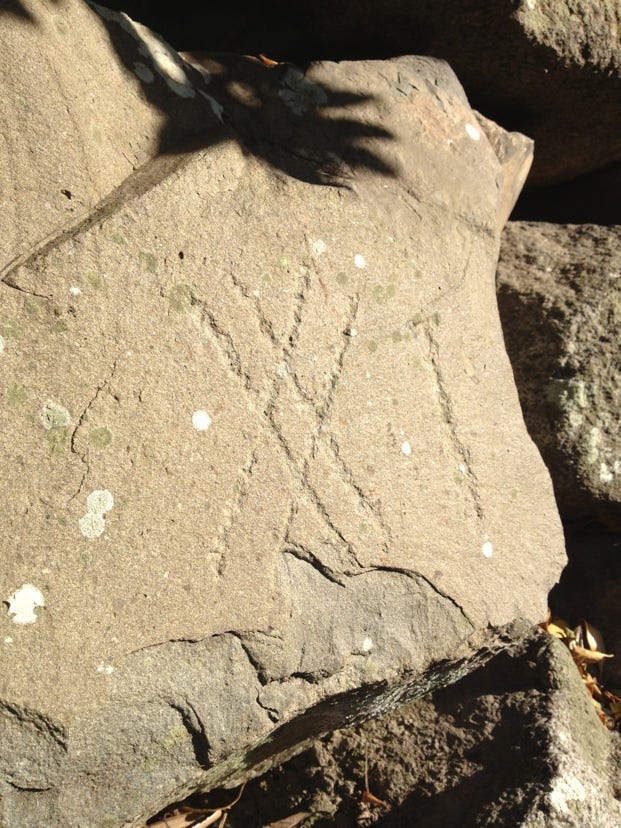
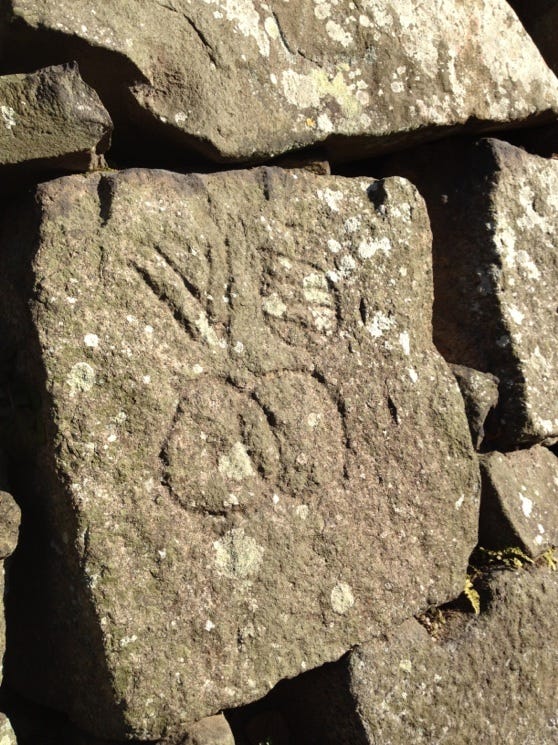
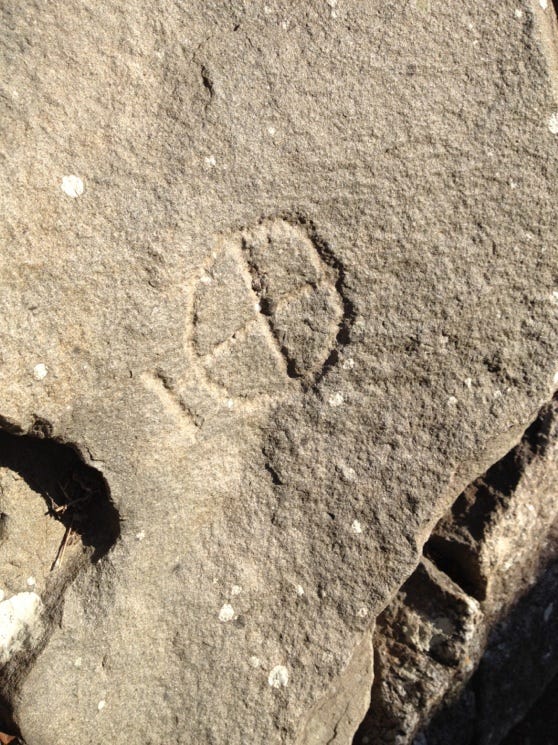




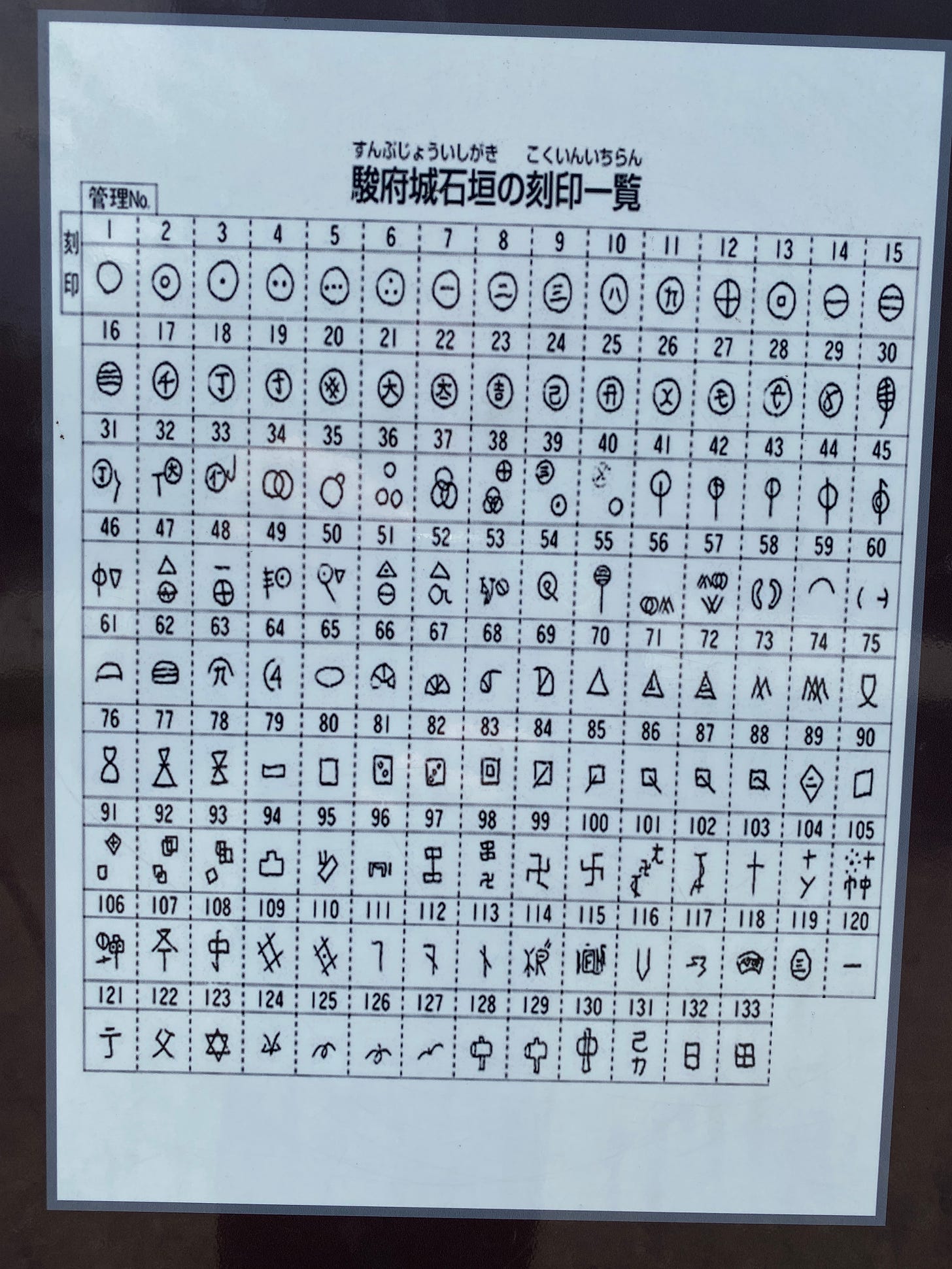
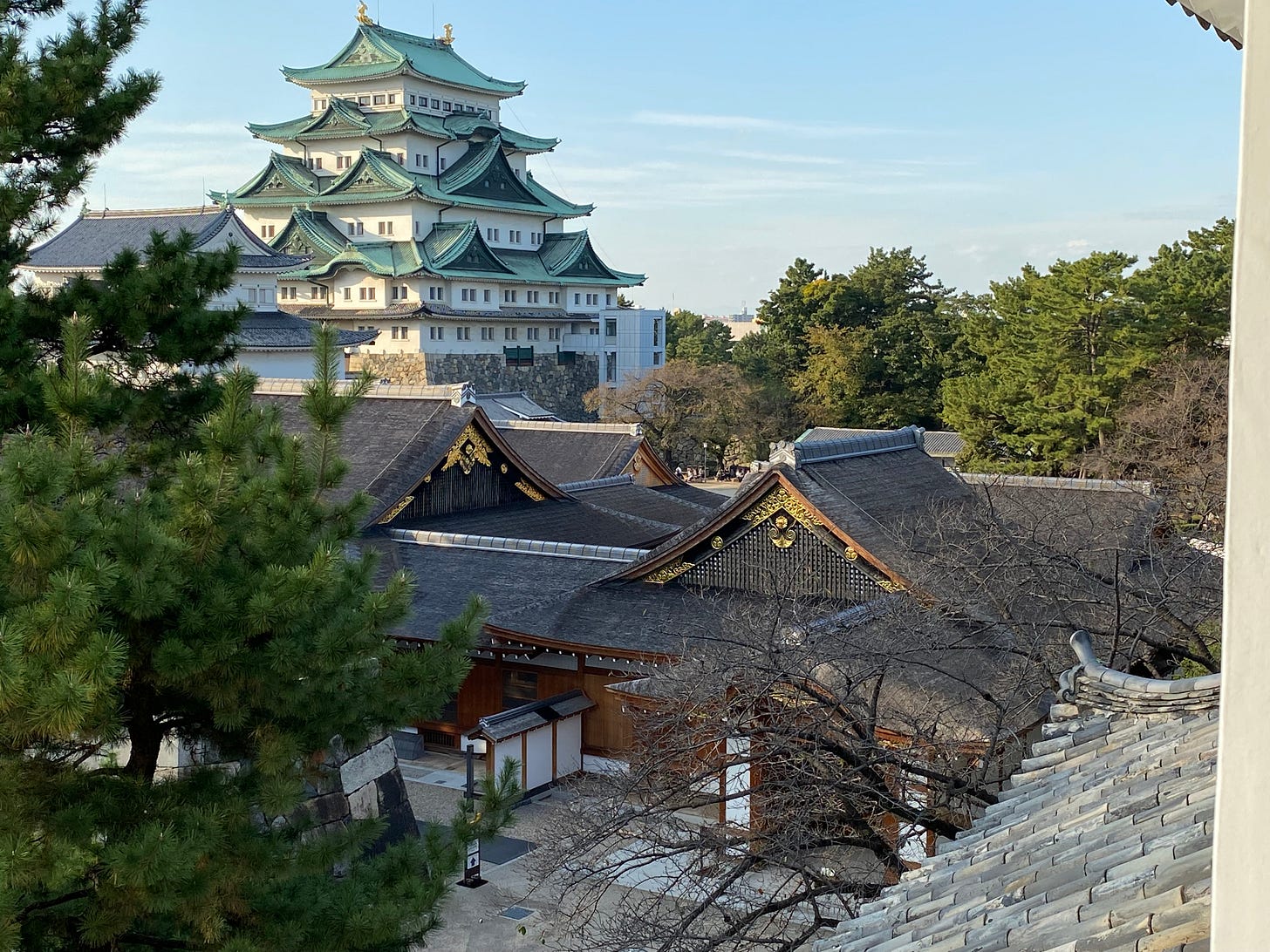
Didn't know the Tenka bushin wasn't only for the construction of castles.
I like the picture of Nagoyajō, taken from a yagura where the public isn't allowed.
I can’t remember which castle that is with the stunning walls, stunning sky & reflections (after the Edo one w the bridges)?